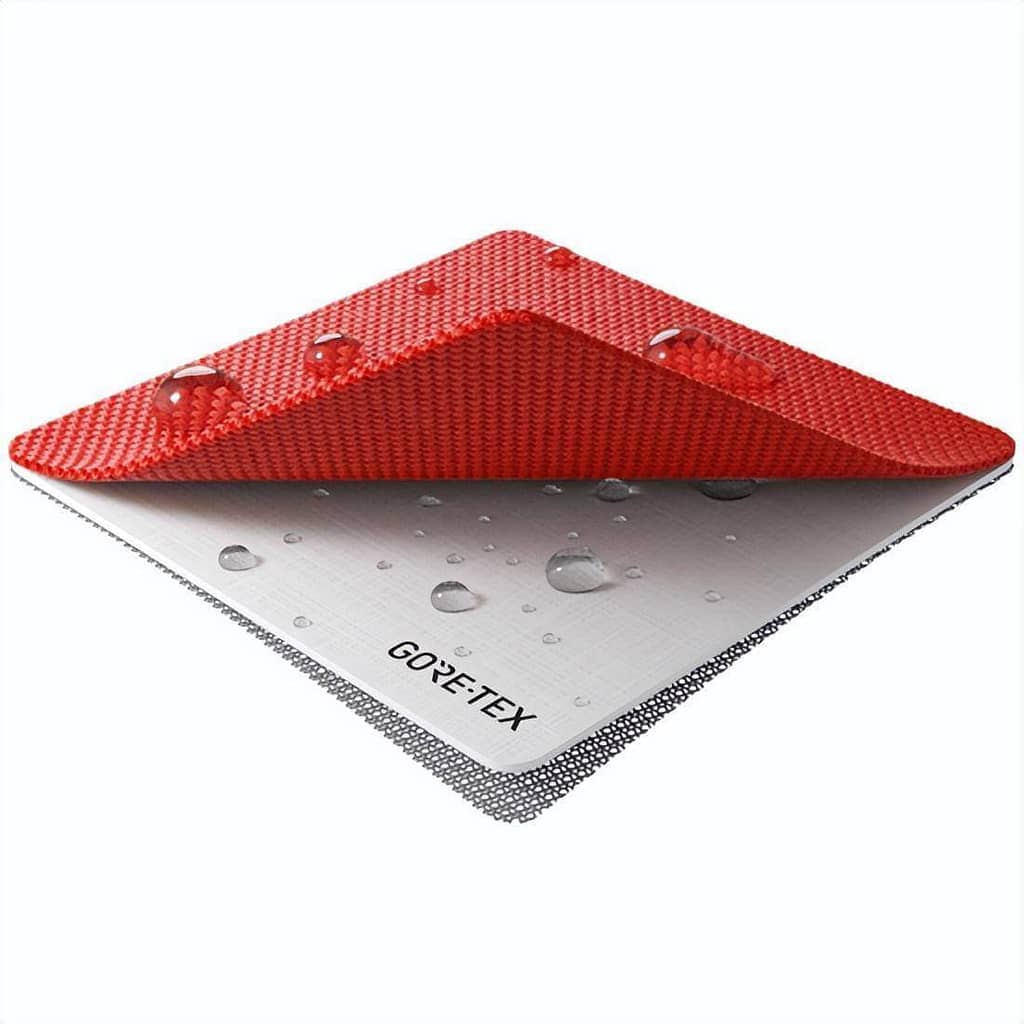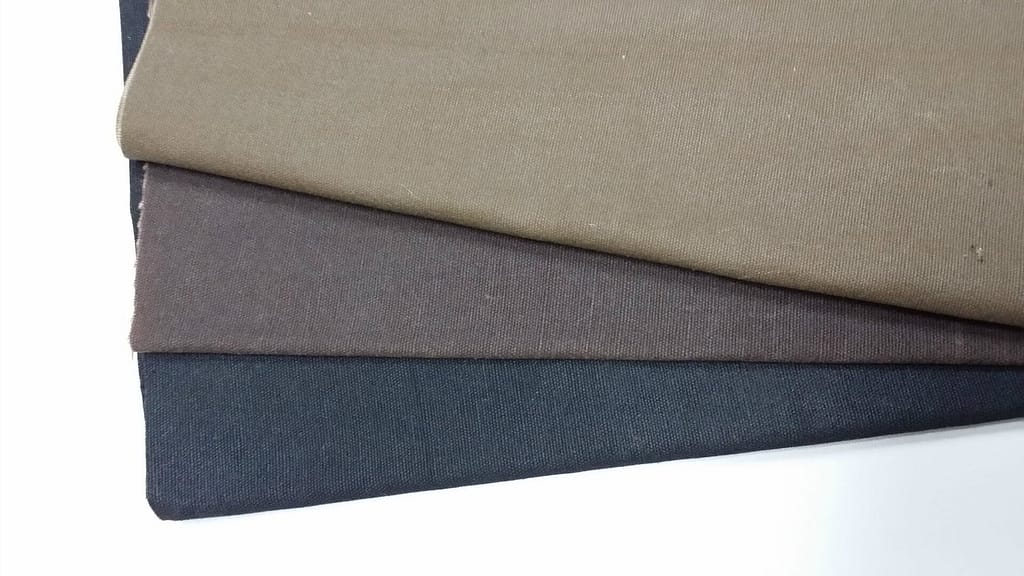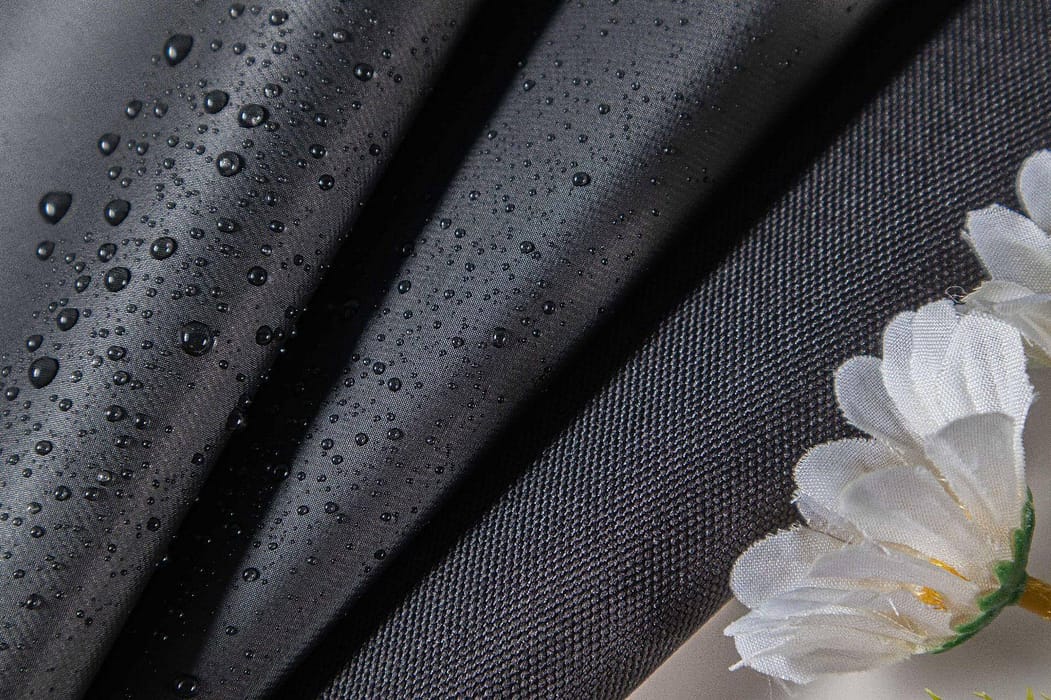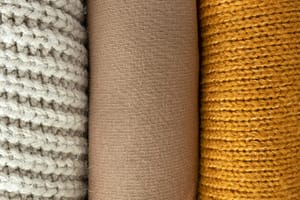Origins of Waterproof Fabrics
The use of waterproof materials dates back centuries, with early attempts to keep water at bay often relying on natural materials. One of the earliest forms of waterproofing was the use of oiled cloth, which dates back to ancient times. Sailors, for example, coated their garments with oil to protect themselves from harsh sea conditions.
In the 19th century, rubberized fabrics became popular, particularly with the advent of rubber vulcanization. This made fabrics more durable and waterproof, laying the foundation for modern waterproof materials. The real breakthrough, however, came in the mid-20th century with the development of advanced synthetic materials and coatings, like Gore-Tex, which offered not only water resistance but also breathability.
What Are Waterproof Fabrics?
Waterproof fabrics are materials specifically engineered to prevent the penetration of water. Unlike water-resistant fabrics, which only repel water to a degree, waterproof fabrics are designed to be fully impervious to water, making them ideal for use in extreme weather conditions.
The key difference between waterproof, water-resistant, and water-repellent fabrics lies in their ability to withstand water exposure. While water-resistant fabrics can resist a certain amount of water penetration, waterproof fabrics offer complete protection, often through the use of specialized coatings, laminates, or membrane technology.
Characteristics of Waterproof Fabrics
Waterproof fabrics are distinguished by several key characteristics that make them highly functional:
- Complete Water Resistance: These fabrics are designed to block water entirely, ensuring no seepage even in heavy rain.
- Durability: They are built to withstand wear and tear, making them suitable for rugged and repeated use.
- Windproofing: Many waterproof fabrics also protect against wind, adding an extra layer of comfort.
- Optional Breathability: Advanced waterproof materials, such as Gore-Tex, incorporate breathable membranes that allow moisture vapor to escape while blocking external water.
- Lightweight Design: Modern materials strike a balance between effective waterproofing and minimal bulk, enhancing comfort and usability.
These features make waterproof fabrics indispensable in various applications, from everyday wear to extreme outdoor adventures.
Types of Waterproof Fabrics
Waterproof fabrics come in various types, each tailored for specific uses and preferences:

Gore-Tex: Known for its breathability and durability, it combines waterproof and windproof properties with moisture-wicking capabilities.

PVC-Coated Fabrics: Polyvinyl chloride coating ensures complete water resistance, commonly used in raincoats and tarpaulins.

Polyurethane-Laminated Fabrics (PUL): Lightweight and flexible, PUL is often found in medical textiles, reusable diapers, and activewear.

Waxed Cotton: A traditional option where cotton is treated with wax for a water-resistant finish, favored for its aesthetic and practical qualities.

Rubberized Fabrics: Coated with natural or synthetic rubber, these are commonly used for industrial applications and heavy-duty rainwear.
Each type caters to specific needs, from breathability to robustness, offering versatile solutions for waterproofing.
Production Process
The production of waterproof fabrics involves various methods depending on the material and application:
| Method | Process | Examples |
|---|---|---|
| Coating Techniques | Applying a waterproof layer, such as PVC or polyurethane, onto the fabric surface. | PVC-coated fabrics, PUL materials. |
| Laminating Techniques | Bonding a waterproof membrane, like Gore-Tex, to the fabric for added functionality. | Gore-Tex, eVent fabrics. |
| Wax Treatment | Soaking or coating natural fibers (e.g., cotton) with wax for a water-resistant finish. | Waxed cotton. |
| Rubberizing | Coating fabrics with natural or synthetic rubber for complete impermeability. | Rubberized rainwear. |
| Chemical Treatments | Treating fabrics with water-repellent agents like fluorocarbons or silicones. | Durable water repellent (DWR). |
Applications of Waterproof Fabric
Waterproof fabrics are utilized in a wide range of applications, offering protection and practicality across industries:
- Outdoor Gear: Used in jackets, pants, and tents to provide weather resistance for hikers, campers, and adventurers.
- Sportswear: Essential for waterproof and windproof athletic apparel, ensuring comfort during outdoor activities.
- Everyday Items: Found in umbrellas, raincoats, and waterproof backpacks for daily protection.
- Industrial Use: Incorporated into protective covers, tarpaulins, and safety wear for construction and industrial workers.
- Medical Textiles: Used in hospital mattress covers, surgical gowns, and protective equipment.
- Marine Equipment: Essential for waterproof sails, boat covers, and marine upholstery.
These versatile applications highlight the importance of waterproof fabrics in both functional and lifestyle contexts.
Advantages and Limitations
Advantages
- Complete Weather Protection: Waterproof fabrics provide excellent protection from rain, snow, and moisture, ensuring dryness in all conditions.
- Durability: These fabrics are engineered to withstand heavy use and environmental stress, making them long-lasting.
- Versatility: Suitable for a wide range of applications, from clothing to industrial uses.
- Enhanced Comfort: Advanced types, like breathable waterproof fabrics, maintain comfort during extended use.
Limitations
- Cost: High-quality waterproof fabrics, especially breathable ones, tend to be more expensive.
- Potential Breathability Issues: Some waterproof fabrics, such as PVC-coated ones, lack breathability, leading to discomfort during prolonged wear.
- Maintenance Requirements: Coatings and treatments may degrade over time, requiring careful maintenance or reapplication.
Despite these limitations, the advantages of waterproof fabrics make them indispensable for numerous industries and activities.
Care and Maintenance
- Cleaning: Wash with mild detergents to remove dirt; avoid fabric softeners as they degrade coatings.
- Reproofing: Reapply waterproofing treatments like DWR sprays periodically to restore water repellency.
- Drying: Air-dry or use low heat if recommended, as excessive heat can damage the fabric.
- Storage: Store in a cool, dry place, and avoid folding for extended periods to maintain fabric integrity.
With these steps, your waterproof fabrics will remain durable and functional for years.
Future Trends in Waterproof Fabrics
The future of waterproof fabrics is being shaped by innovation and sustainability:
- Eco-Friendly Materials: Researchers are developing biodegradable waterproof fabrics and eliminating harmful chemicals like PFAS (per- and polyfluoroalkyl substances).
- Enhanced Breathability: Advances in membrane technology are improving comfort by allowing better airflow while maintaining waterproofing.
- Smart Textiles: Integration of sensors to monitor moisture levels or temperature, making waterproof fabrics more functional.
- Recyclable Designs: Efforts are underway to create waterproof fabrics that can be fully recycled to reduce environmental impact.
These trends highlight the industry’s commitment to performance and environmental responsibility.
Conclusion
Waterproof fabrics are a remarkable innovation, blending protection, comfort, and versatility. From their historical roots in oiled cloth to advanced materials like Gore-Tex, they have evolved to meet diverse needs across industries.
As technology advances, the future promises even more sustainable and high-performing waterproof fabrics, ensuring their continued importance in everyday life and specialized applications. These fabrics remain indispensable for shielding us from the elements.






